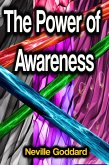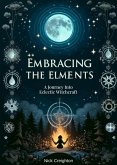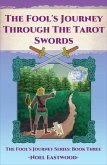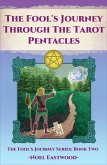The Longest Journey E. M. Forster - The works of English essayist, novelist and short story writer, E.M. Forster, rank in the sphere of such influential writers as James Joyce, William Faulkner and Virginia Woolf for their remarkable humanist views and emphasis on the conflicts of English social classes. Forster's own favorite of his works, "The Longest Journey" touches on themes of family, sexuality, preoccupation with material society, and the necessity of passion in life. This novel is considered to be the most autobiographical of Forster's works, and explores his most humanistic views through the life of Rickie Elliot, a young man whose upbringing and education reflects the author's own experiences. Rickie's journey from childhood, through school, the discovery of an unknown brother, and later marriage serves as an example to readers of all generations of the necessity for personal connections, and more importantly passion, in every person's life. The cow is there, said Ansell, lighting a match and holding it out over the carpet. No one spoke. He waited till the end of the match fell off. Then he said again, She is there, the cow. There, now. You have not proved it, said a voice. I have proved it to myself. I have proved to myself that she isnt, said the voice. The cow is not there. Ansell frowned and lit another match. Shes there for me, he declared. I dont care whether shes there for you or not. Whether Im in Cambridge or Iceland or dead, the cow will be there. It was philosophy. They were discussing the existence of objects. Do they exist only when there is some one to look at them? Or have they a real existence of their own? It is all very interesting, but at the same time it is difficult. Hence the cow. She seemed to make things easier. She was so familiar, so solid, that surely the truths that she illustrated would in time become familiar and solid also. Is the cow there or not? This was better than deciding between objectivity and subjectivity.
Dieser Download kann aus rechtlichen Gründen nur mit Rechnungsadresse in A, B, BG, CY, CZ, D, DK, EW, E, FIN, F, GR, H, IRL, I, LT, L, LR, M, NL, PL, P, R, S, SLO, SK ausgeliefert werden.









